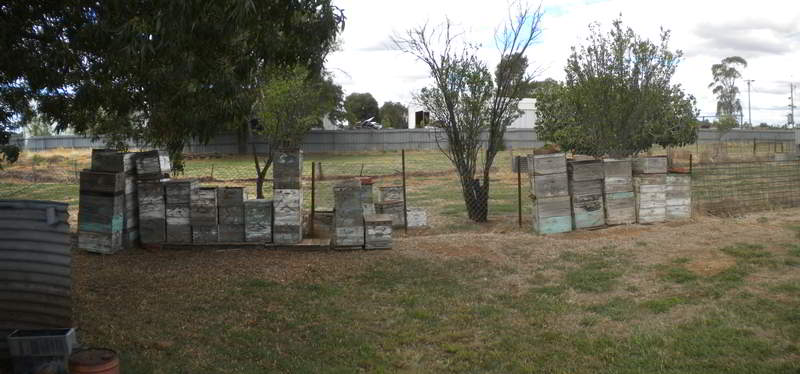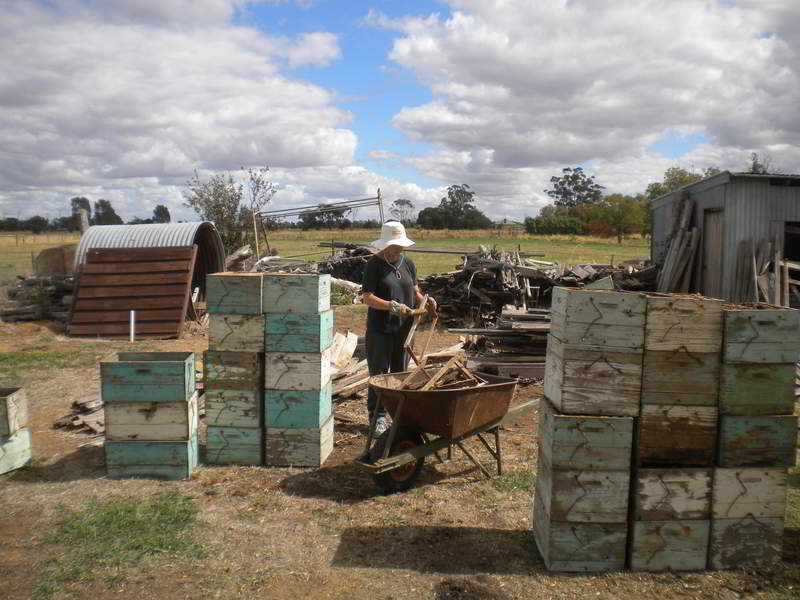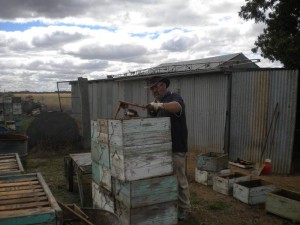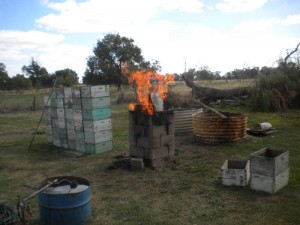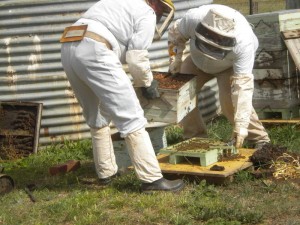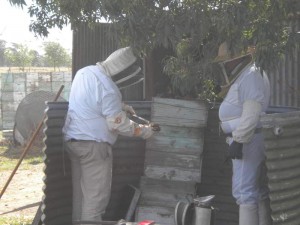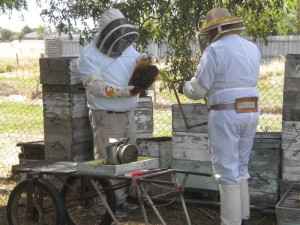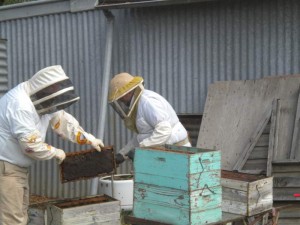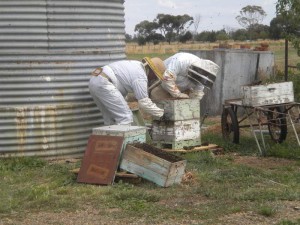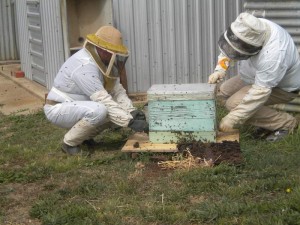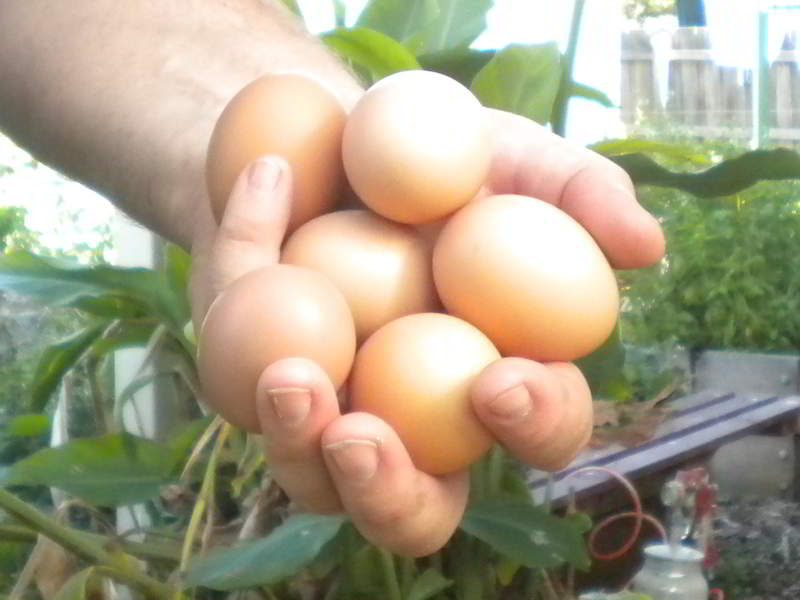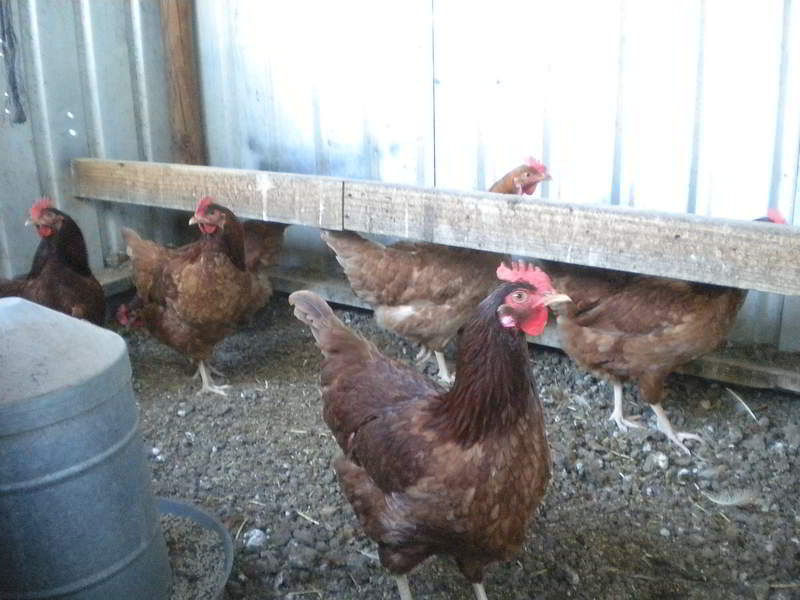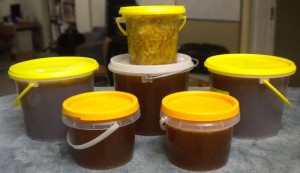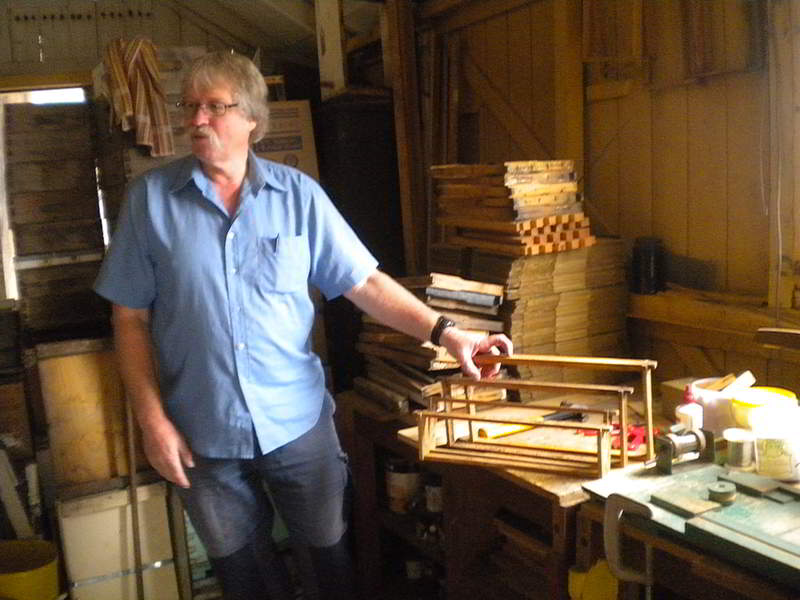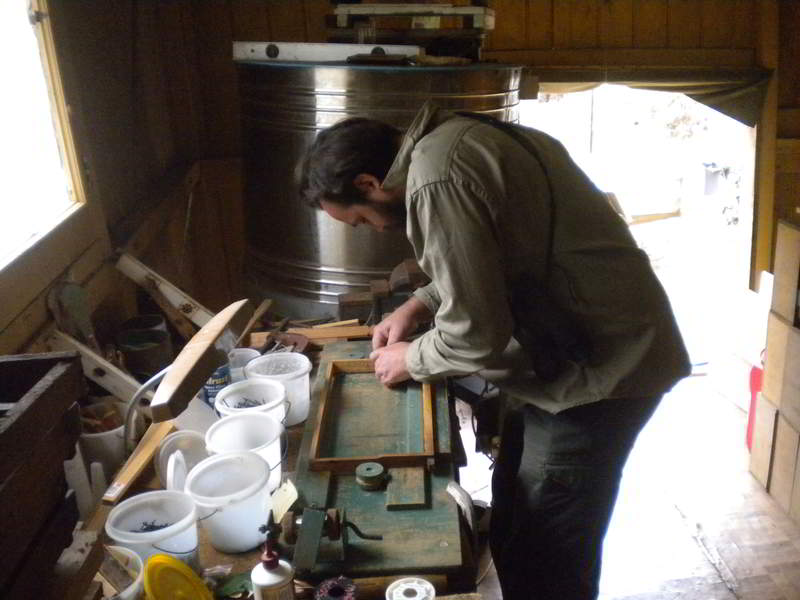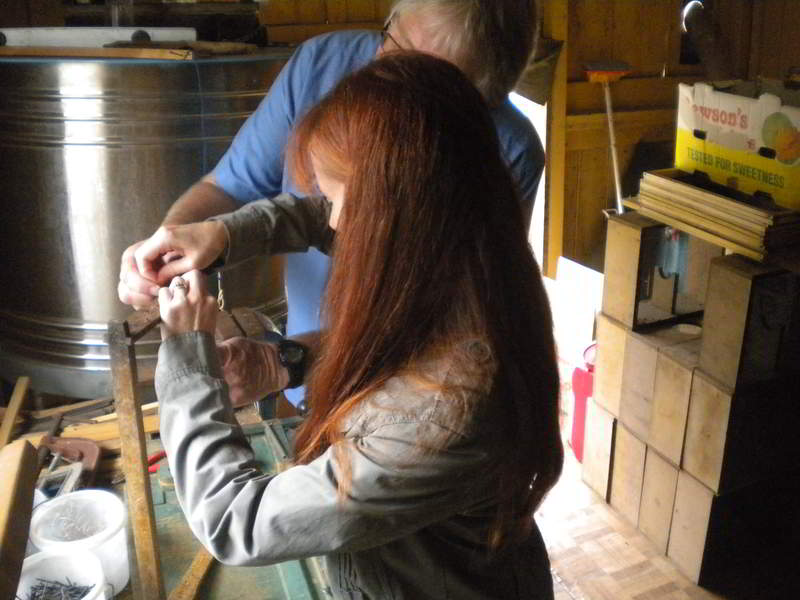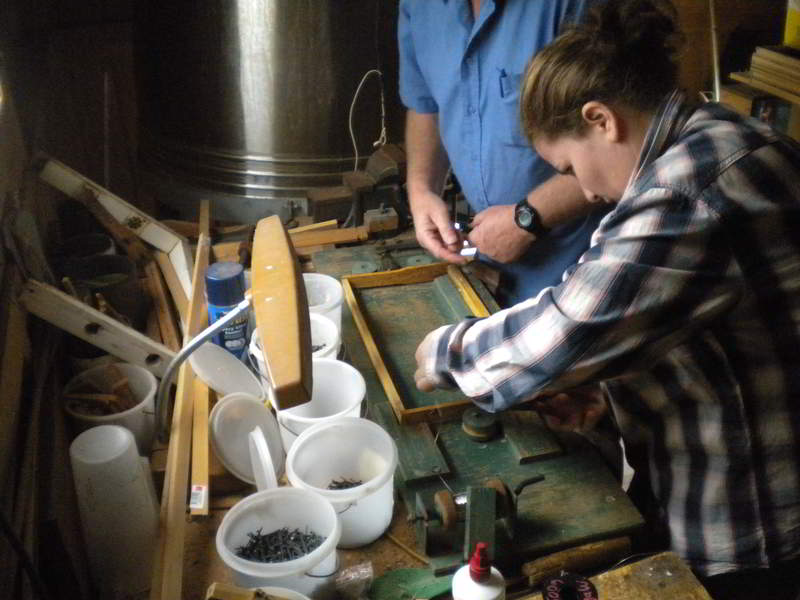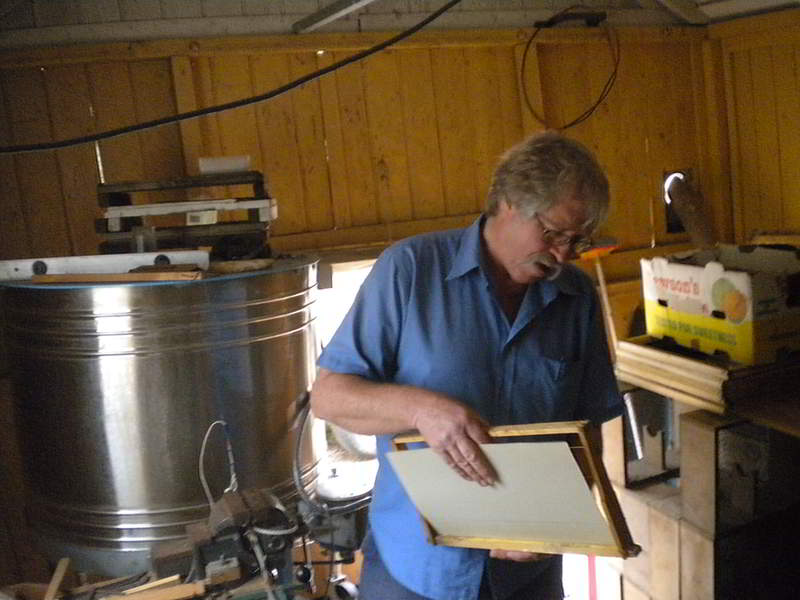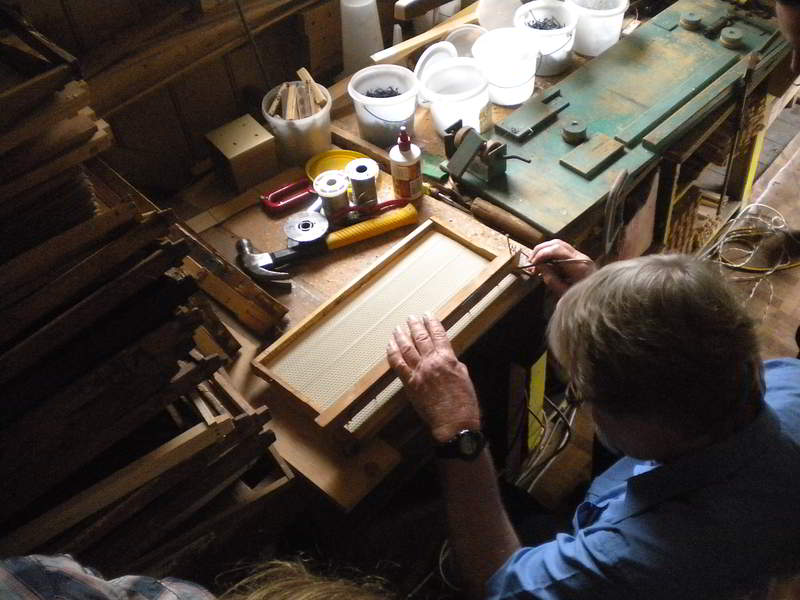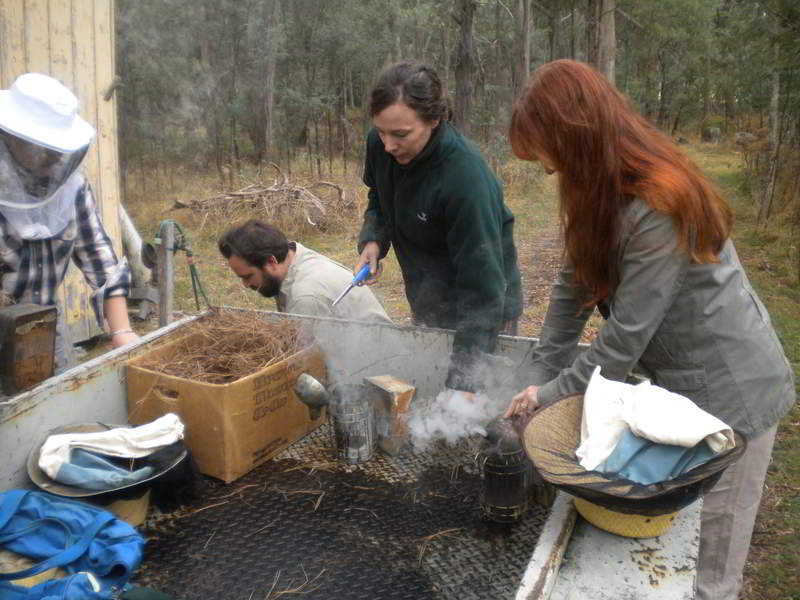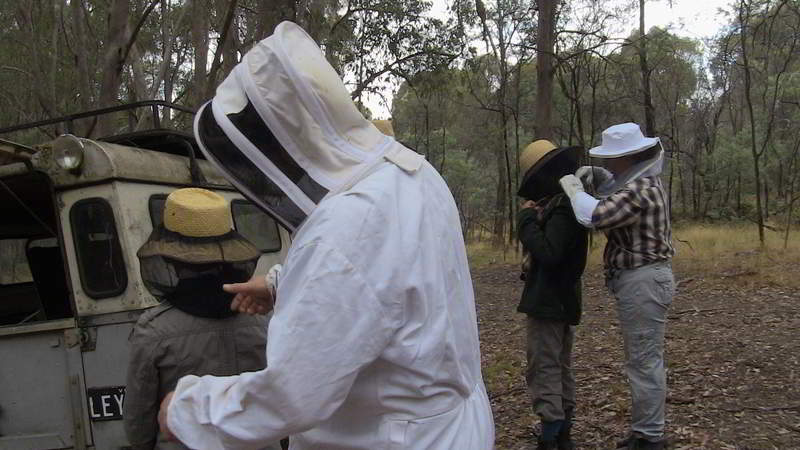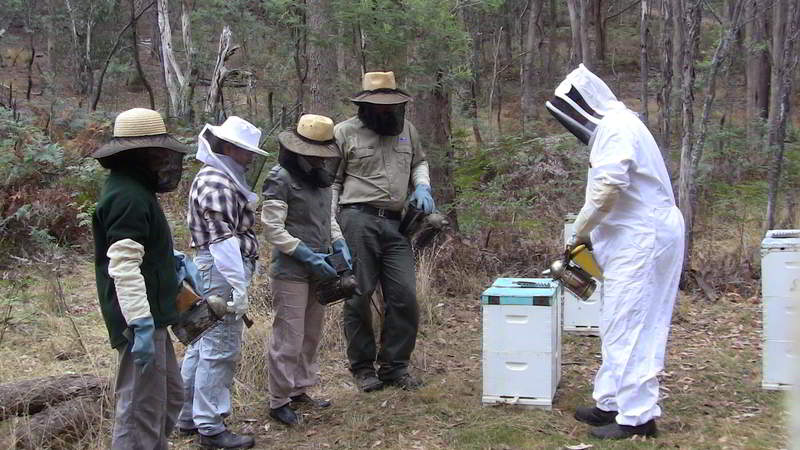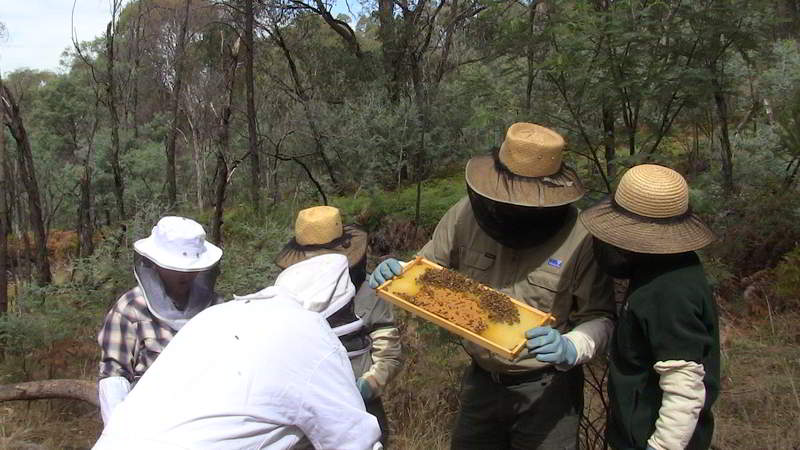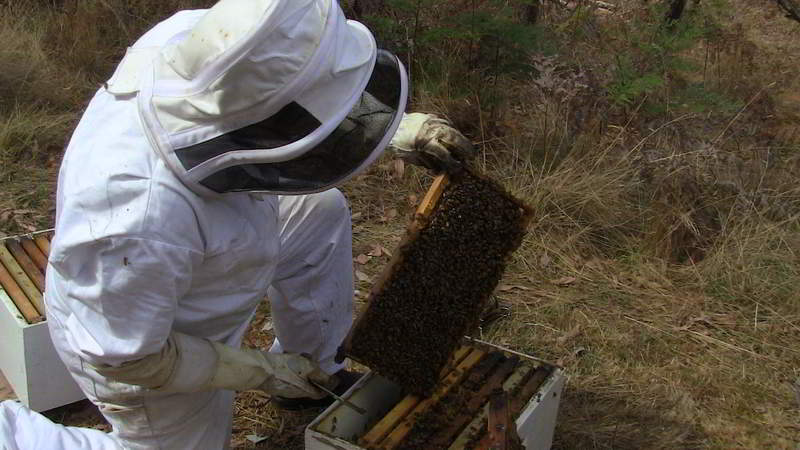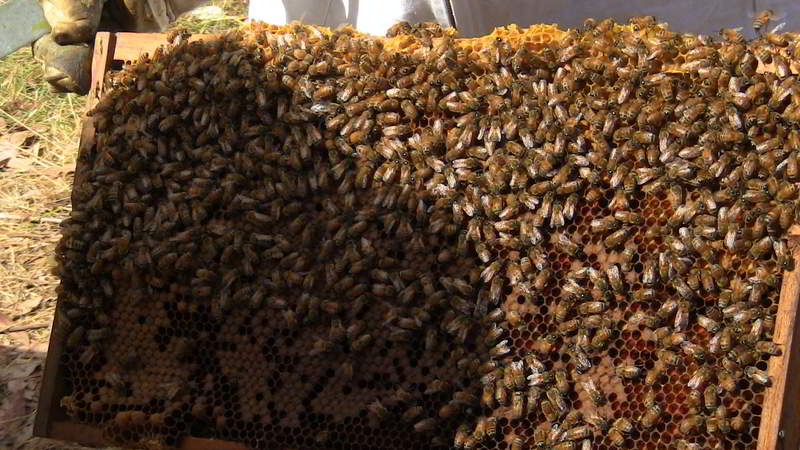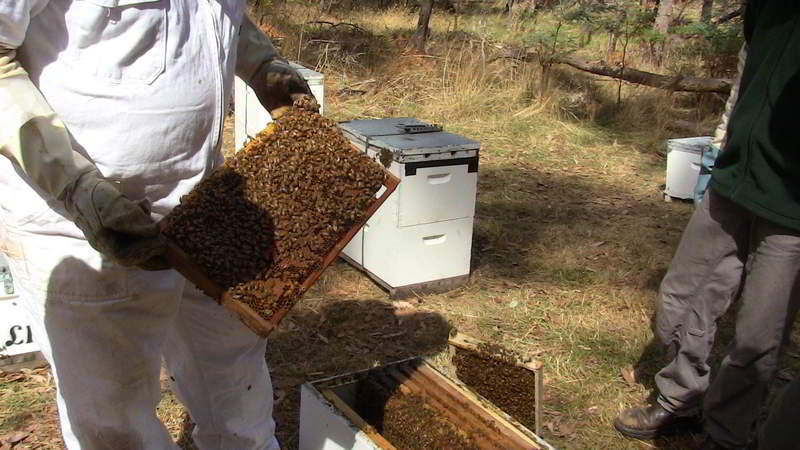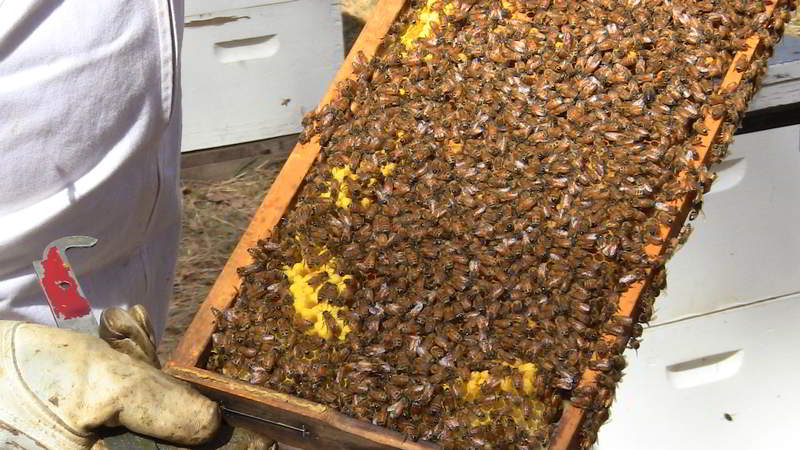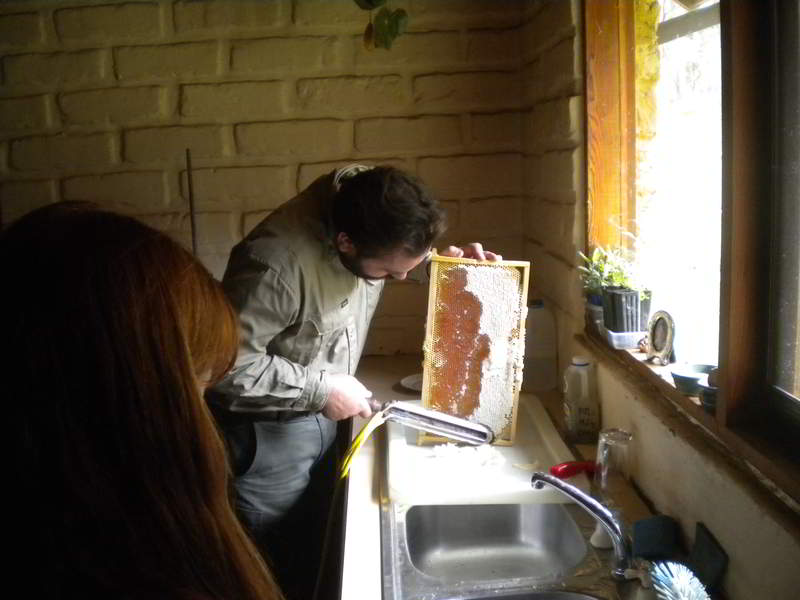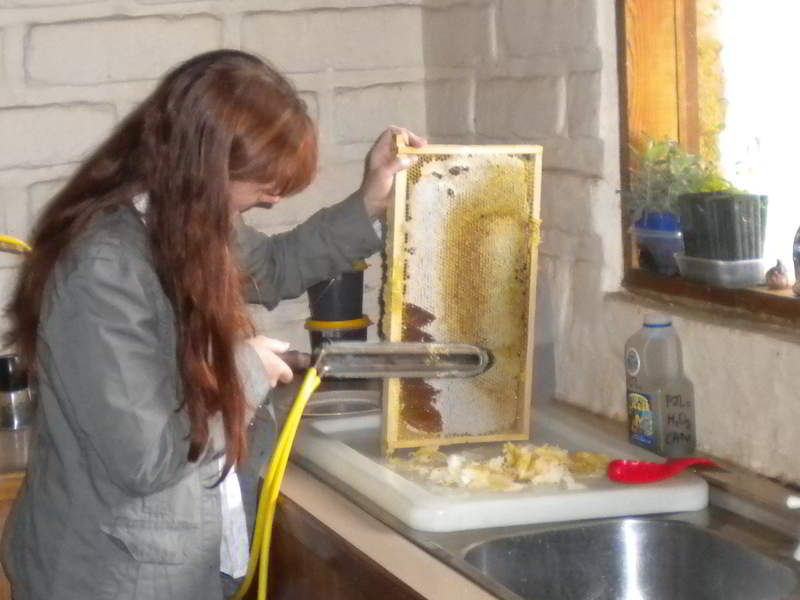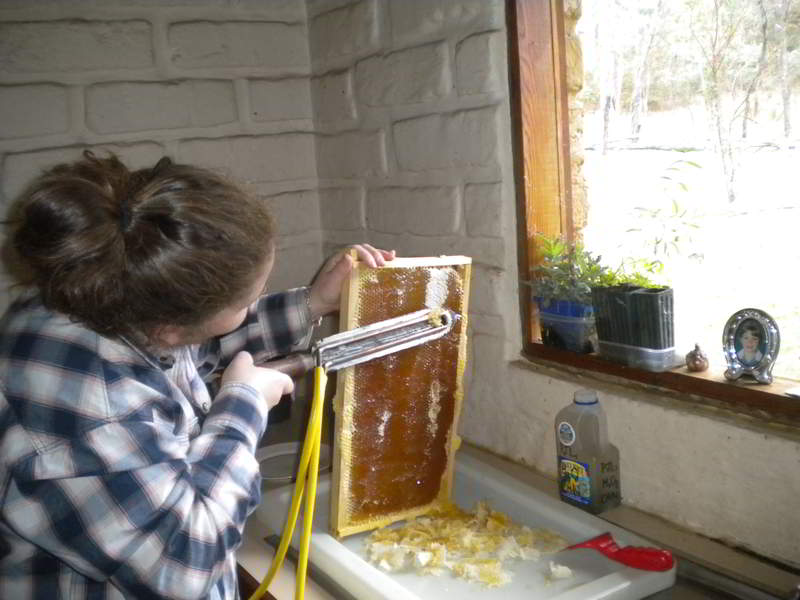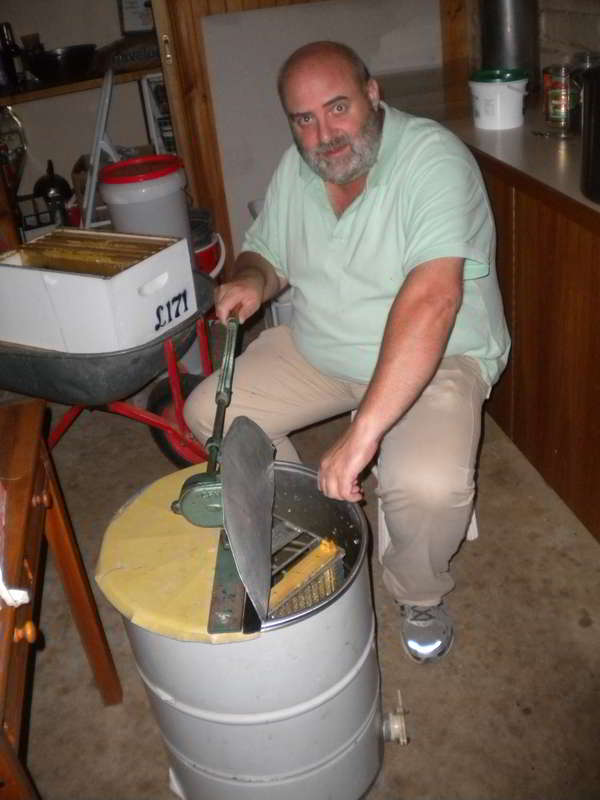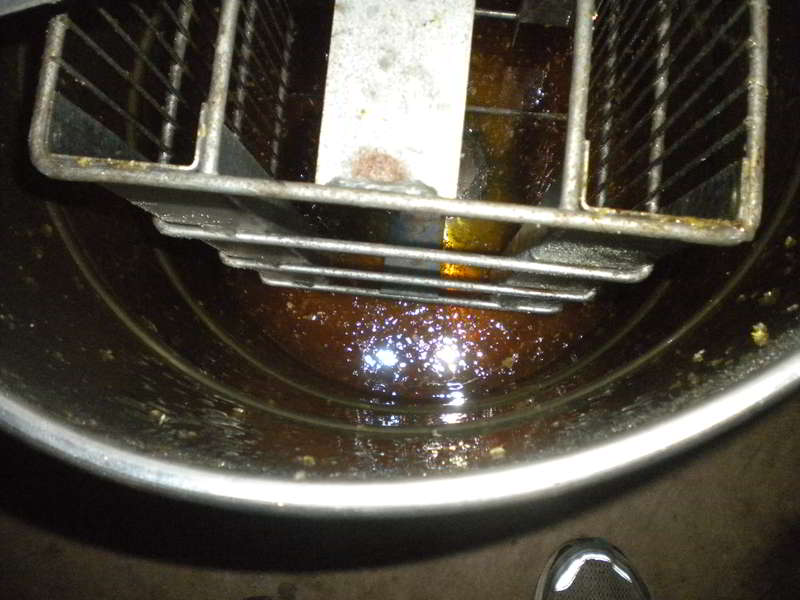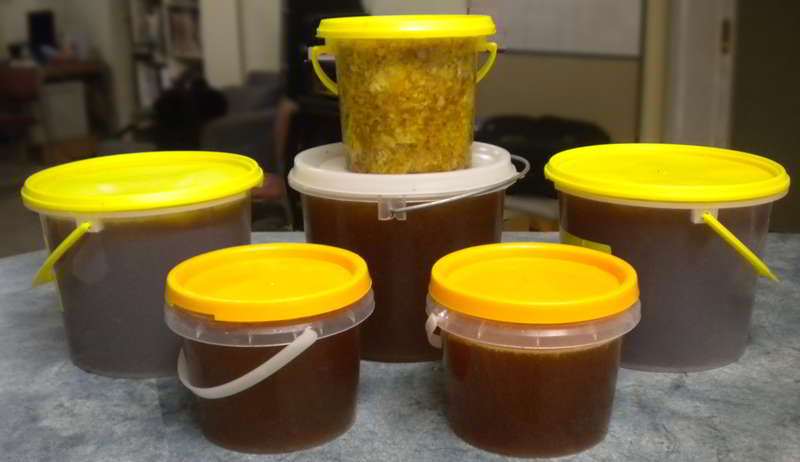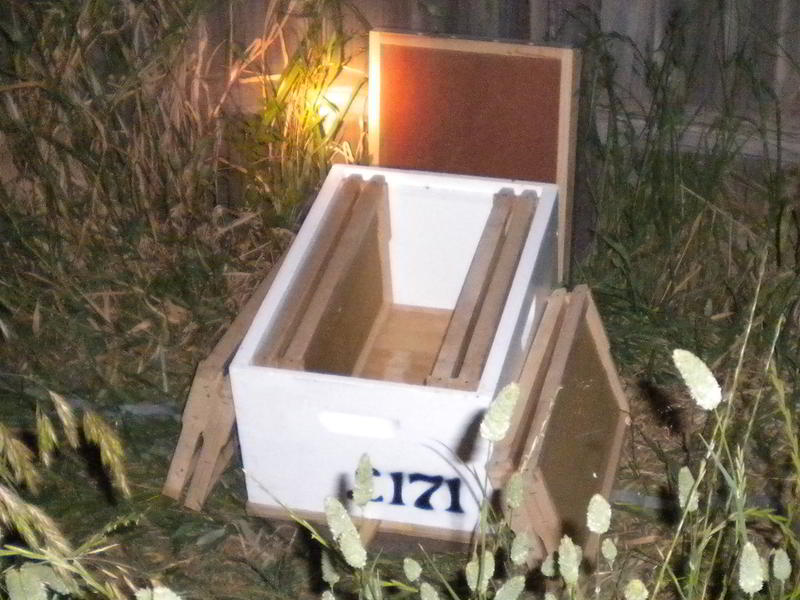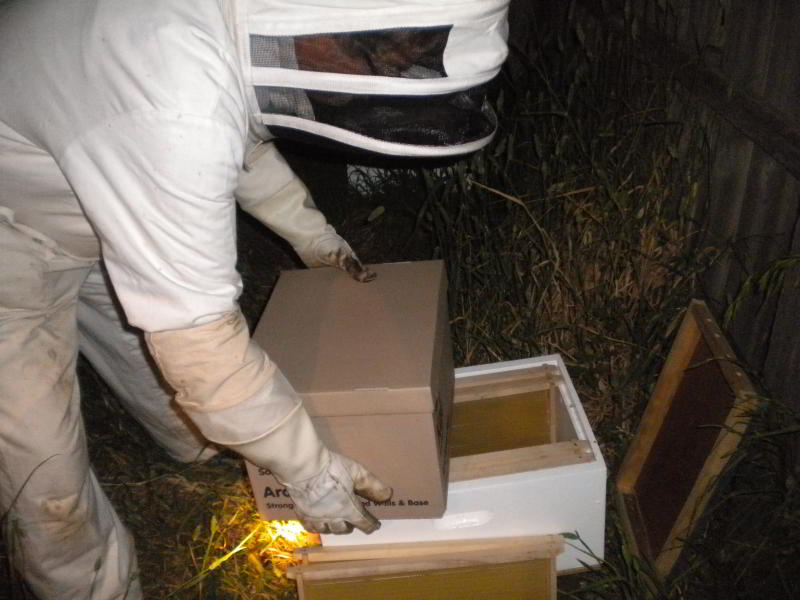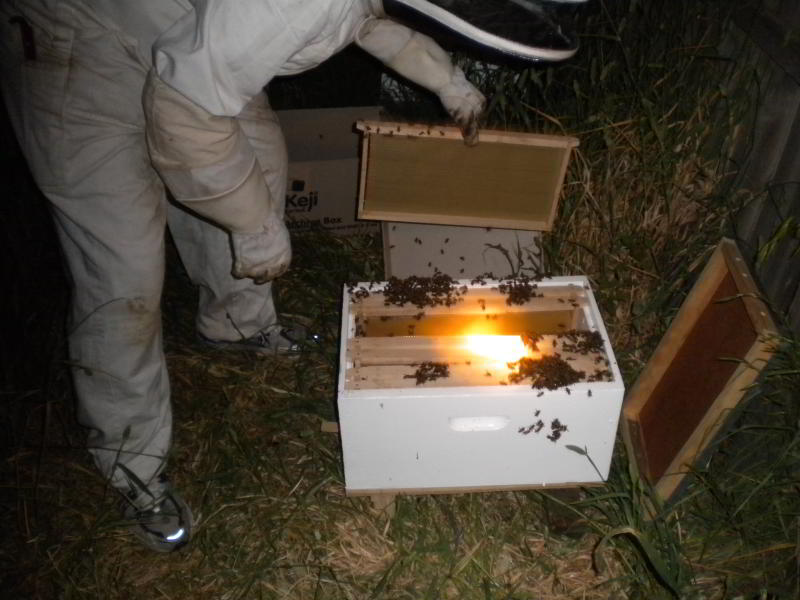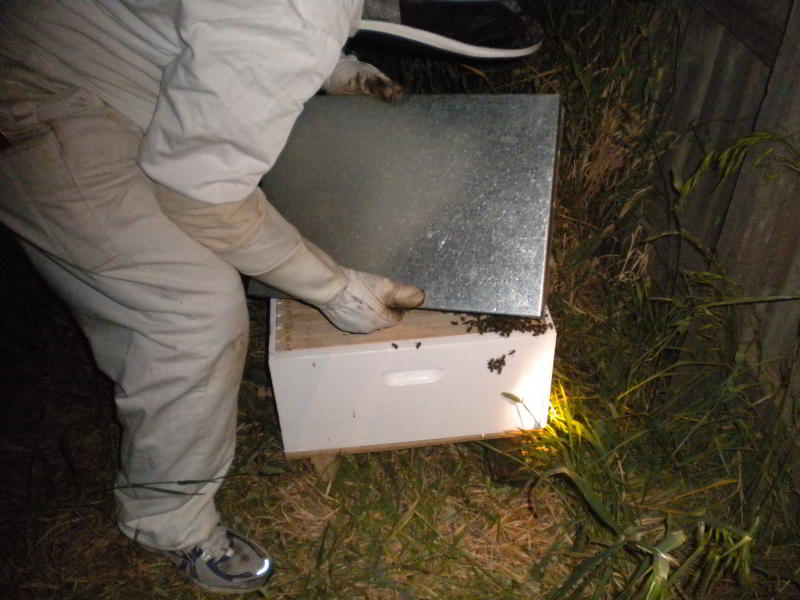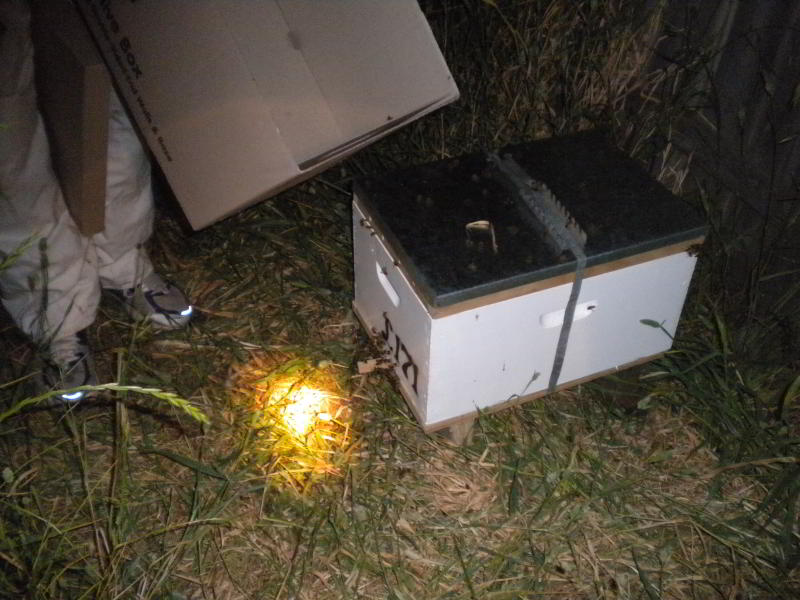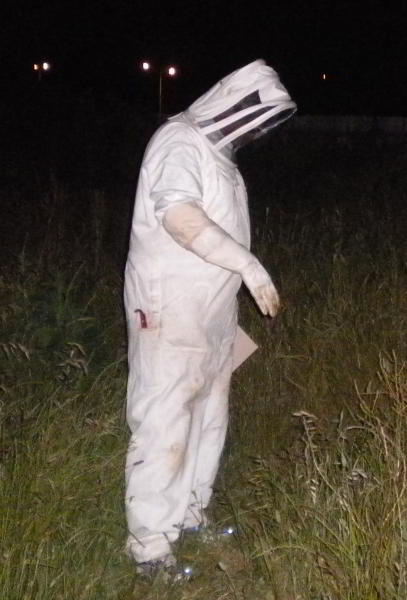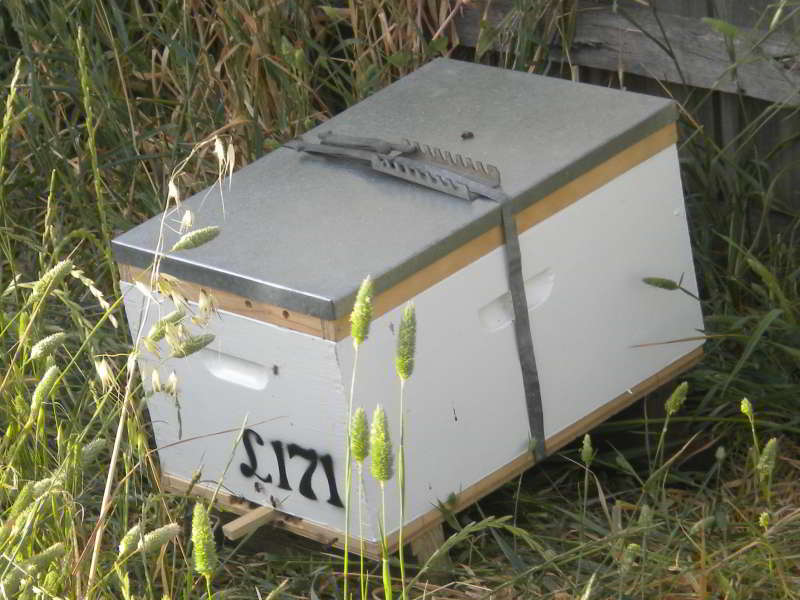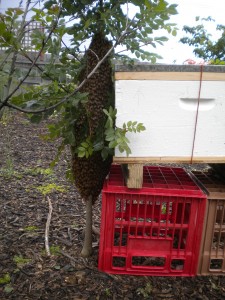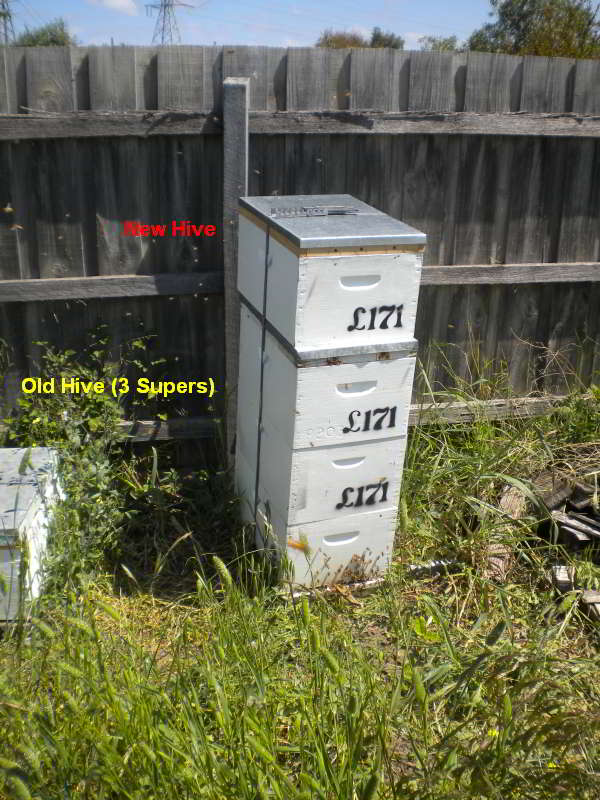As if I hadn’t already been obsessing enough over bees and all things bee related, on the the Easter weekend I went to a mate’s mum’s place to help him clean up some of the hives and rubbish left over after they sold most of the hives his dad used to keep.
After his dad passed away over a year ago they had sold around 150 hives but there were 4 or 5 left that were in particularly poor condition and/or were my mate’s hives. In addition, a swarm had taken up residence in one of the empty hives left scattered around in the yard.
We went through over 90 boxes and retrieved around 25 that were in good enough condition to reuse or repair. The rest are slated for the fire. We also went through hundreds and hundreds of frames looking for those that could be reused. Most of them went straight into the incinerator to get rid of them and to reduce the risk of disease spreading to the working hives. The frames that can be properly cleaned and restrung will be used to start managing the hives properly again.
On the second day we tackled the hives and rehoused all the colonies in boxes that were in better condition. They still need a lot of work to rehabilitate them fully but they are in good enough condition to give my mate time to refurbish and repaint the remaining boxes so that he can get the hives back into good working order.
It took a bit longer than anticipated to complete the rehousing but it was a satisfying days work. Although I got a bit of stick from my better half for not being able to spend a day sightseeing like I had promised.
Next Easter, Guaranteed! I promise 🙂
